The Toronto Greenhouse Where the Victorian Era Bursts Back to Life
Sheltered against the freezing winter, this plant show transports visitors back in time, and to a balmier climate.
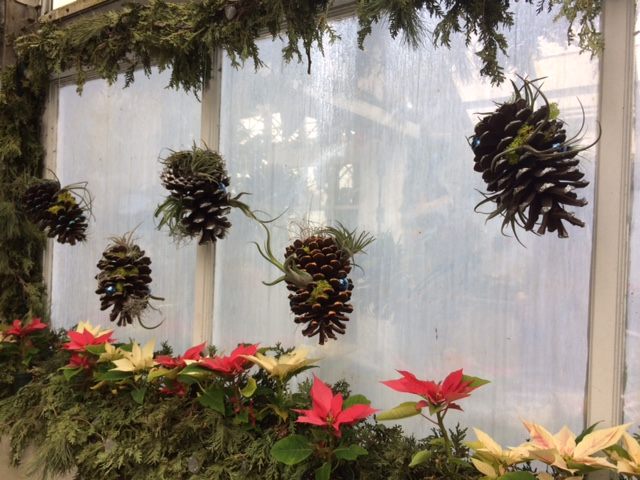
When the mercury dives far below freezing, as it often does during Toronto winters, the glass-domed greenhouse at Allan Gardens Conservatory provides a welcome respite. As their fingers and toes start to thaw, some visitors peel off hats and gloves. Above them, palm trees stretch toward the ceiling, flanked by clusters of bromeliads and shocks of cacti.
On the afternoon of Christmas Eve, these regulars were joined by more festive decorations. Ribbon-hung wreaths dangled in front of fogged-up windows. Wooden reindeer peeked out from between thickets of green leaves and trunks. Beneath the soaring atrium, a peacock, fashioned from dozens of flowering succulents, looked askance at the visitors shuffling past, tracking in half-frozen slush.
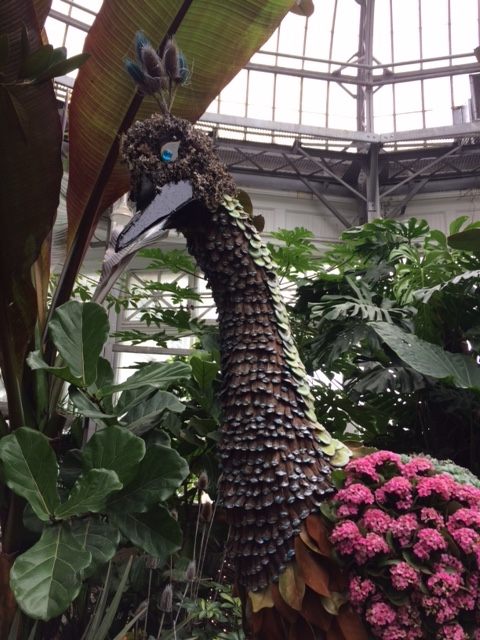
In addition to its permanent horticulture collection, the Conservatory stages seasonal shows, including one to herald spring with hundreds of hydrangeas and Easter lilies. For the past 40 years or so, the winter edition has been a riotous homage to the Victorian era, and it’s a pretty heavy lift.
It was during that epoch that Yuletide festivities really started roaring in parlors across Britain and its empire. Prince Albert* installed a Tannenbaum at Windsor Castle in 1841, importing the tradition from Germany. Within a decade or so, an ornament industry had emerged in England. Revelers strung up glittering baubles alongside edible garlands and paper streamers, and bought vases that coaxed flower bulbs to root and erupt into bloom.
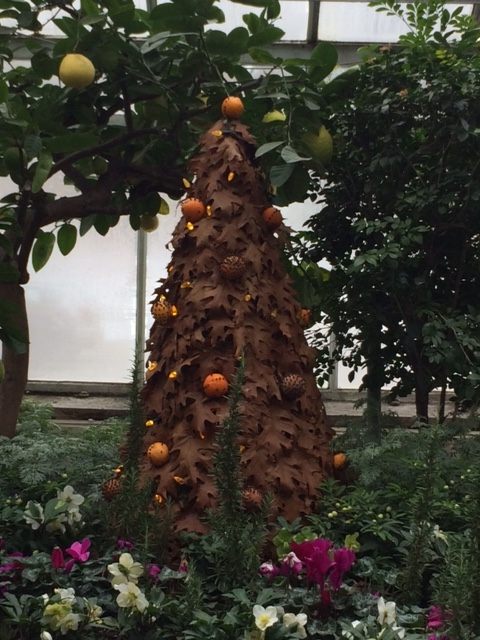
The garden’s displays take their cues from Victorian-era hobbies and habits. The peacock in this year’s show is a nod to British aristocrats’ penchant for importing the birds, which would strut across their estates, says Curtis Evoy, supervisor of conservatories in the City of Toronto. Past installations have featured topiary sleighs, reindeer, and parlor scenes: a hearth, a penguin playing a mossy piano, and a flouncy dress made with boughs of fir. The show also includes an ivy-antlered moose, and dozens of varieties of poinsettias.
Victorian decorations are labor-intensive to produce, Evoy says. The garden has dialed back lemon topiaries in recent years. They nixed gold-painted walnuts, too: In order to foil hungry squirrels, staff had to pry the nuts open and fish out the meat before hot-gluing the shells back together. Other Victorian traditions have held on. Pomanders—citrus fruits pierced by cloves—hang from a tree built from dried brown oak leaves. (The studded fruits were made by volunteers, Evoy says.)

Allan Gardens is no stranger to effort. The horticultural center first sprouted in 1858, with a five-acre plot of land. By 1879, the site housed a wood, iron, and glass conservancy, which hosted galas, concerts, and flower shows. After a fire licked through in 1902, fracturing the ceiling and scorching the plants to a crisp, they had to rebuild entirely. The new Palm House dome opened in 1910, and over the years, branching greenhouses have been tacked onto its sides, so the whole structure spans nearly 16,000 square feet.
Still, the peacock was no small feat. The bird’s tufted crown is dried teasel, a wildflower that grows in local marshes. To make the neck, the designers dissected, painted, and hot-glued pieces of pinecones. The body and plumage, which spans 10 feet long and seven feet wide, relies on kalanchoe, ivy, and echeveria.
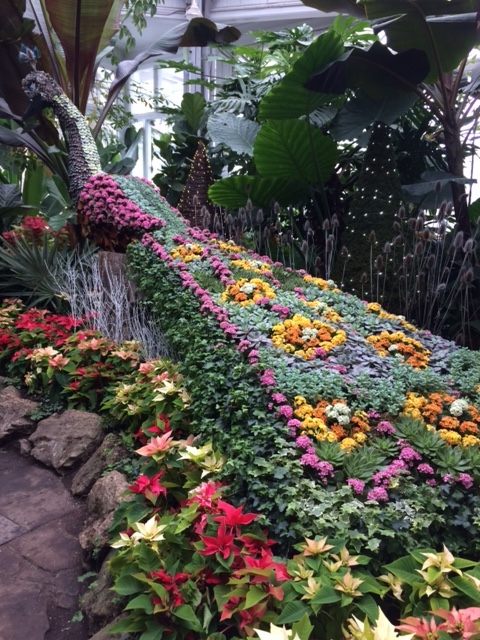
To pull off the ambitious installations, planning kicks off a year in advance. The requisite materials are grown in production greenhouses. The show goes up in early December, and closes the second weekend in January. Throughout its run, gardeners rearrange and readjust the plants, plucking out yellow leaves. After years of displays, “we kind of know the lifespan of certain decorations or certain topiaries we put in,” Evoy says. Most will be spent by the time the show closes, looking worse for the wear.
When the poinsettias get the boot, the peacock won’t be hauled away. “It’s still looking really good,” Evoy says. “That could last for several more months.” And next year, some other creature will be cozy in its place.
*Correction: It was Prince Albert, not Prince Edward, who installed the first Tannenbaum at Windsor Castle.



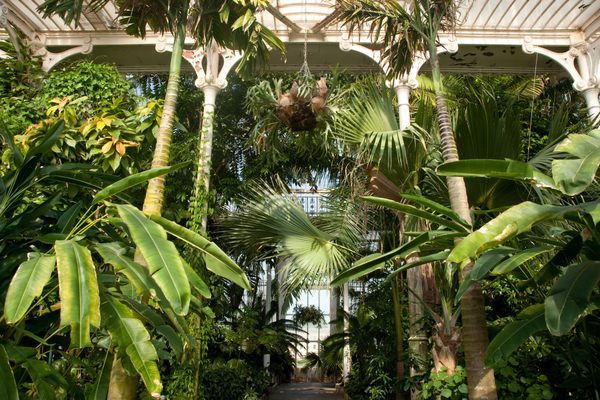










Follow us on Twitter to get the latest on the world's hidden wonders.
Like us on Facebook to get the latest on the world's hidden wonders.
Follow us on Twitter Like us on Facebook